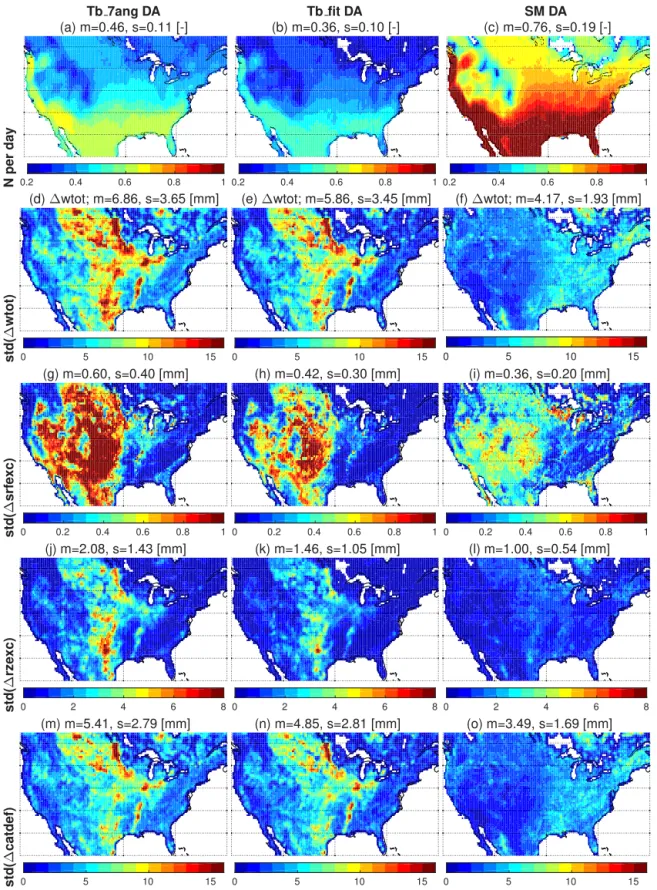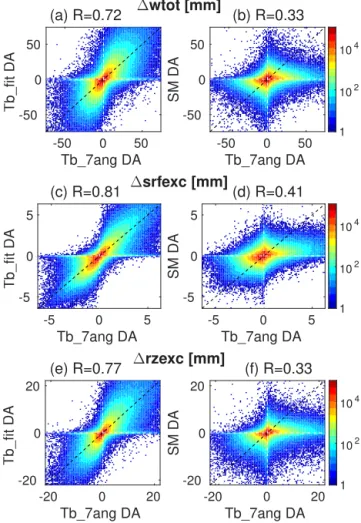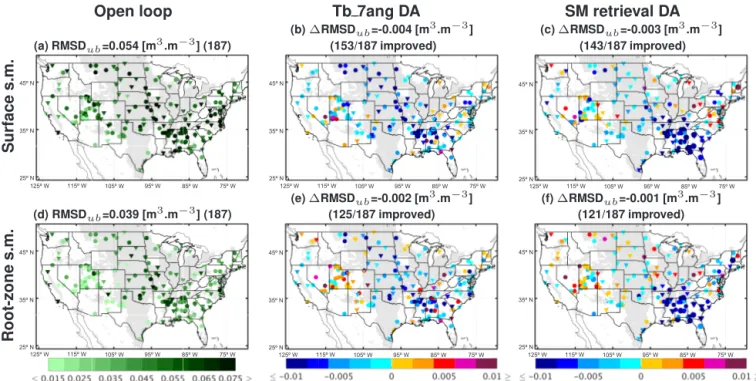Assimilation of SMOS brightness temperatures or soil moisture retrievals into a land surface model
Texto
Imagem
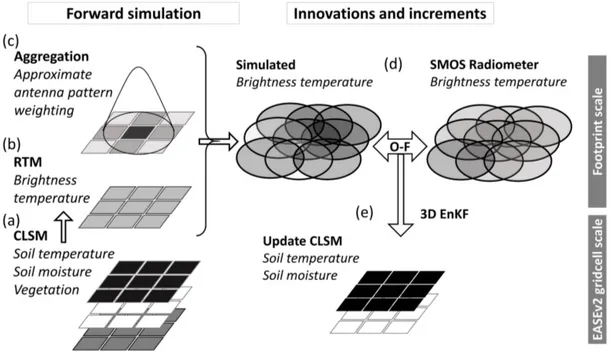
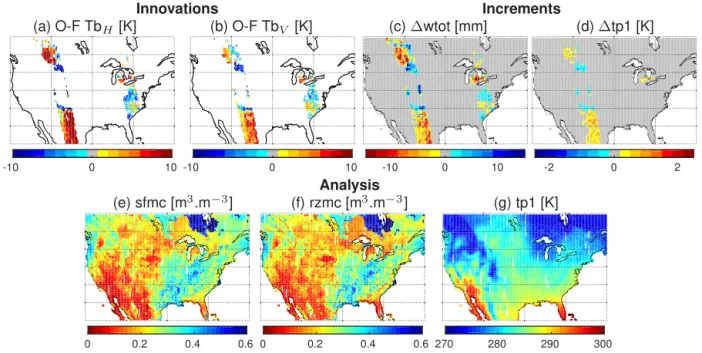
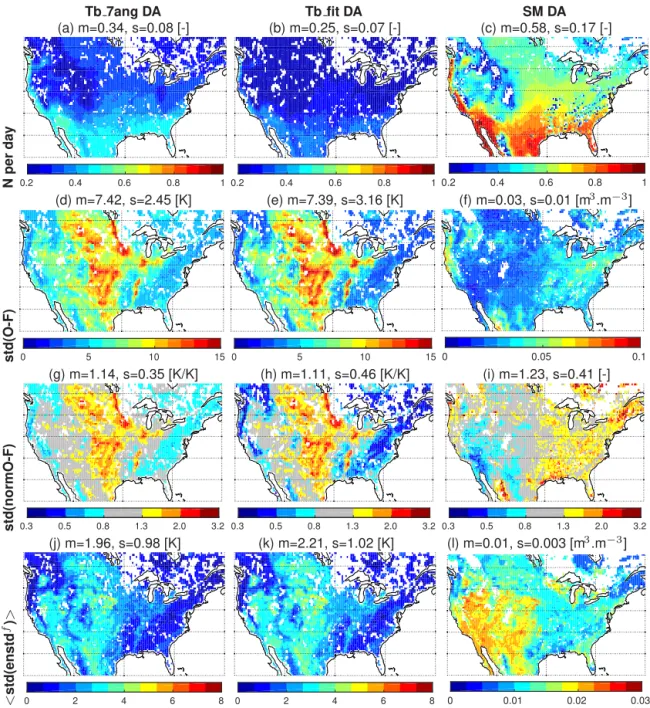
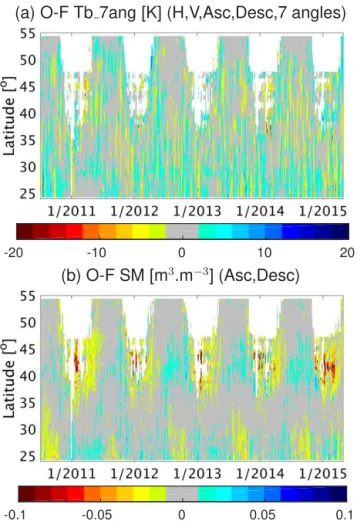
Documentos relacionados
The LOPEX series were successful in collecting measurements data of the land sur- face energy fluxes, soil temperature and moisture, and near surface layer meteo- rological
Land data assimilation systems (LDAS) are needed to integrate satellite data providing information about land state variables such as the surface soil moisture (SSM) and leaf area
Based on these analyses, rep- resentative images from the time series were selected to ex- press land surface functionality in terms of binary words and to classify land surface
and Wood, E.: The assimilation of remotely sensed soil brightness temperature im- agery into a land surface model using ensemble Kalman filtering: a case study based on
The main model outputs for each time step include the spatial pattern of soil moisture for the entire watershed and stream discharge at outlet, which composes of simulated surface
Using a colour map which is recalibrated to CABLE soil moisture (Fig. 11b) (experiment PSALB_20C) reduces the difference in NIR albedo at the centre of the continent further (Fig.
To improve the capability of land-surface process models to simulate soil moisture in semi- arid regions, we adopted the PSO algorithm and data from the SACOL station in the
soil moisture, soil temperature, net radiation and heat fluxes (latent, sensible and ground heat fluxes) at land surface. Temperature and moisture of the surface 2.5 cm soil
